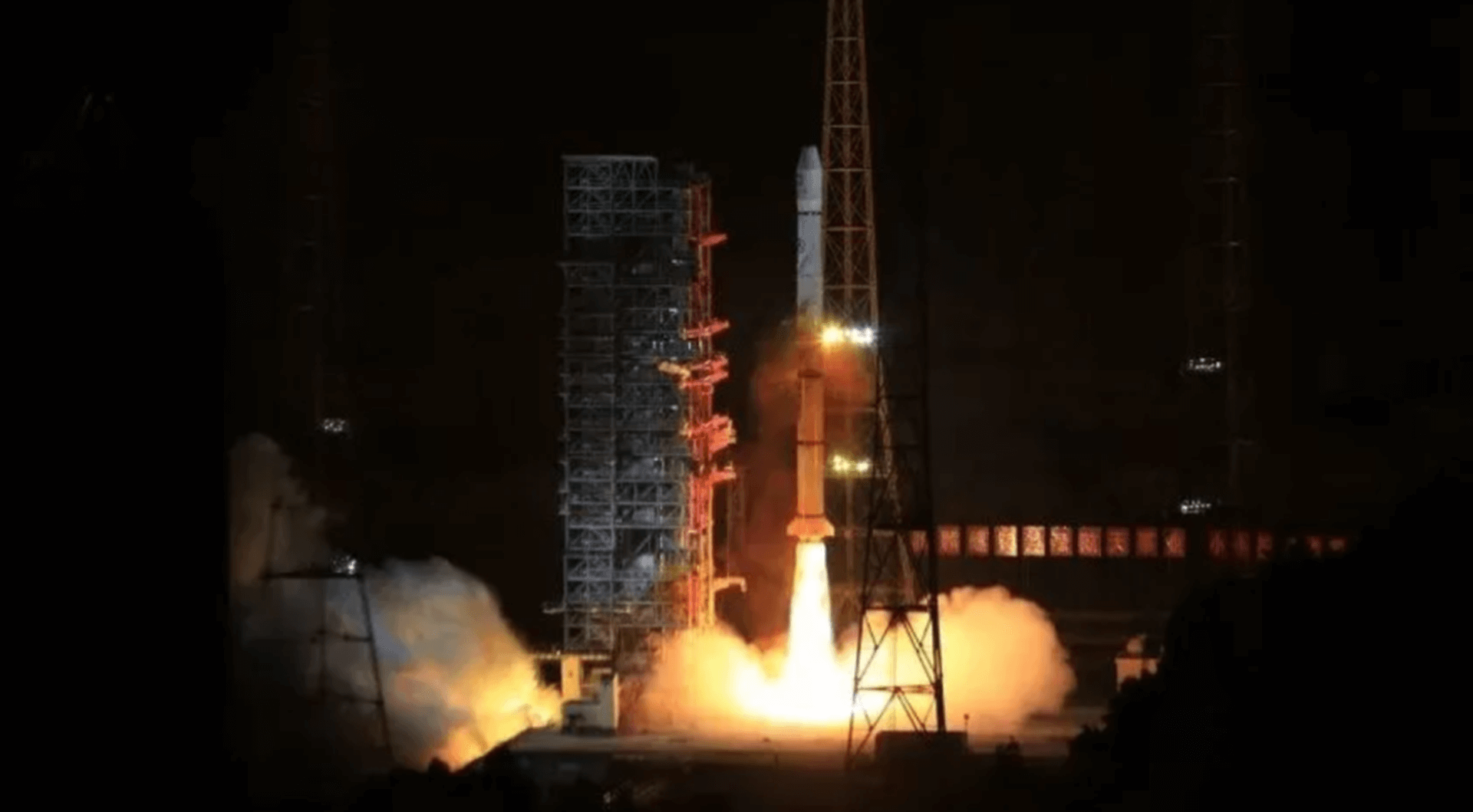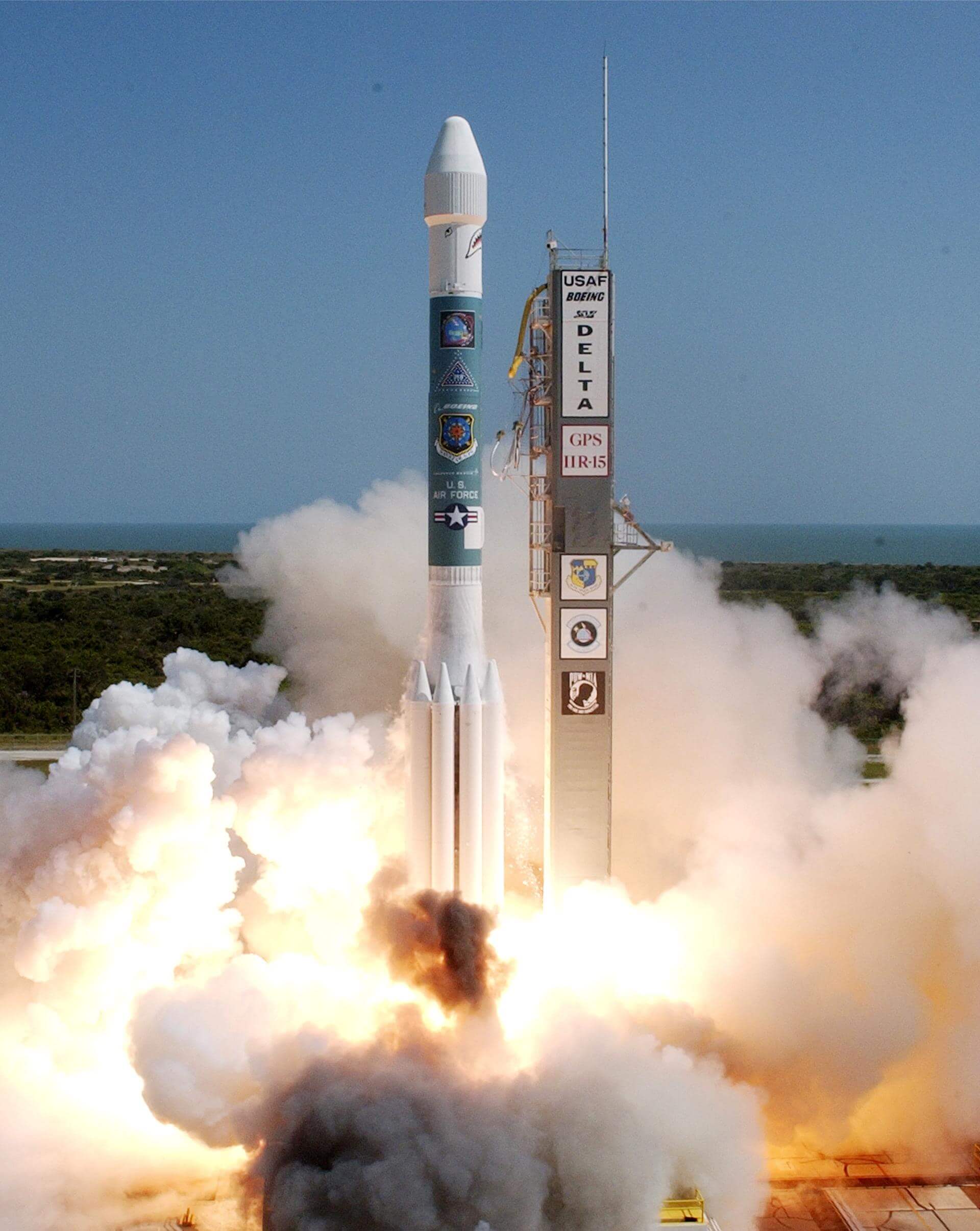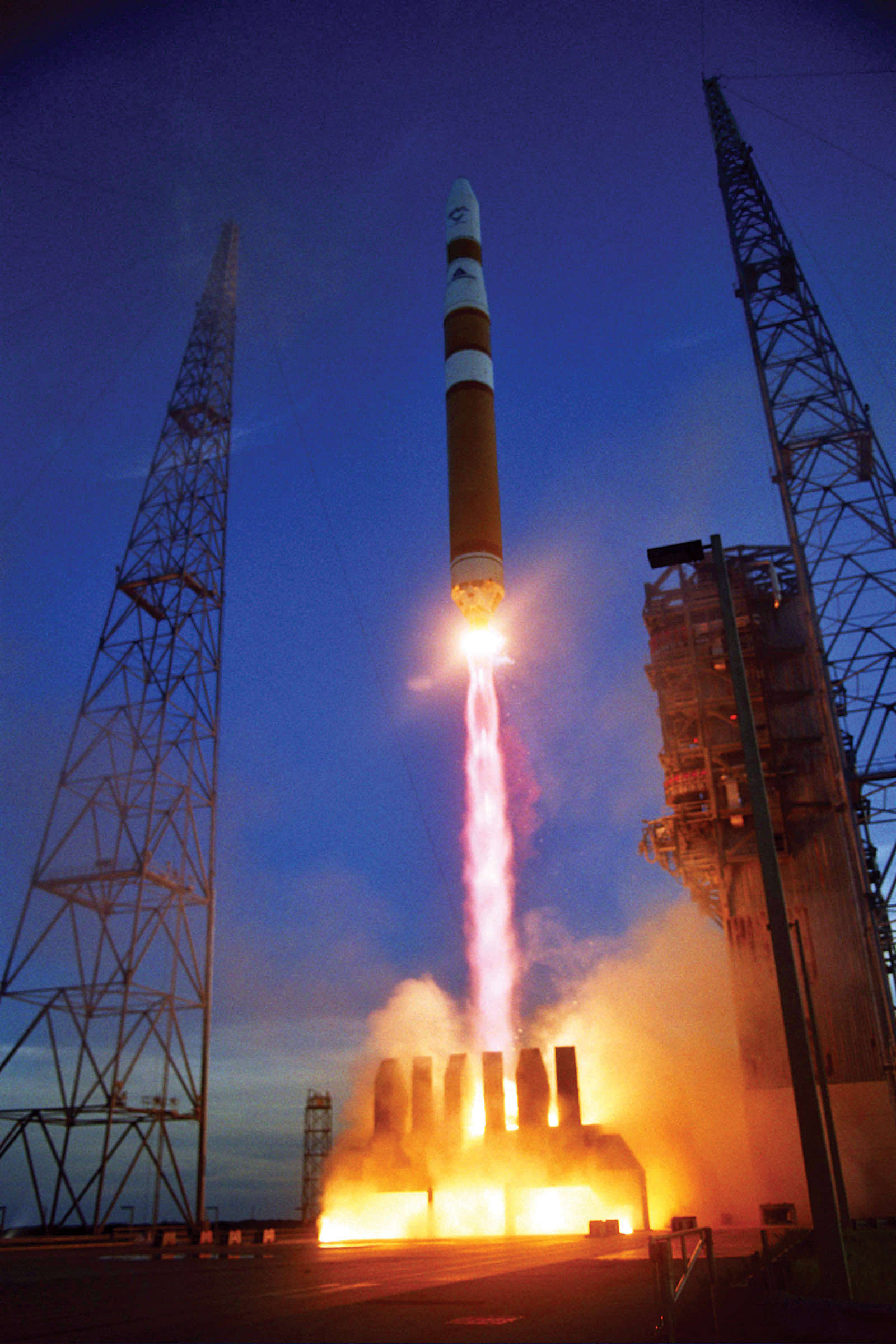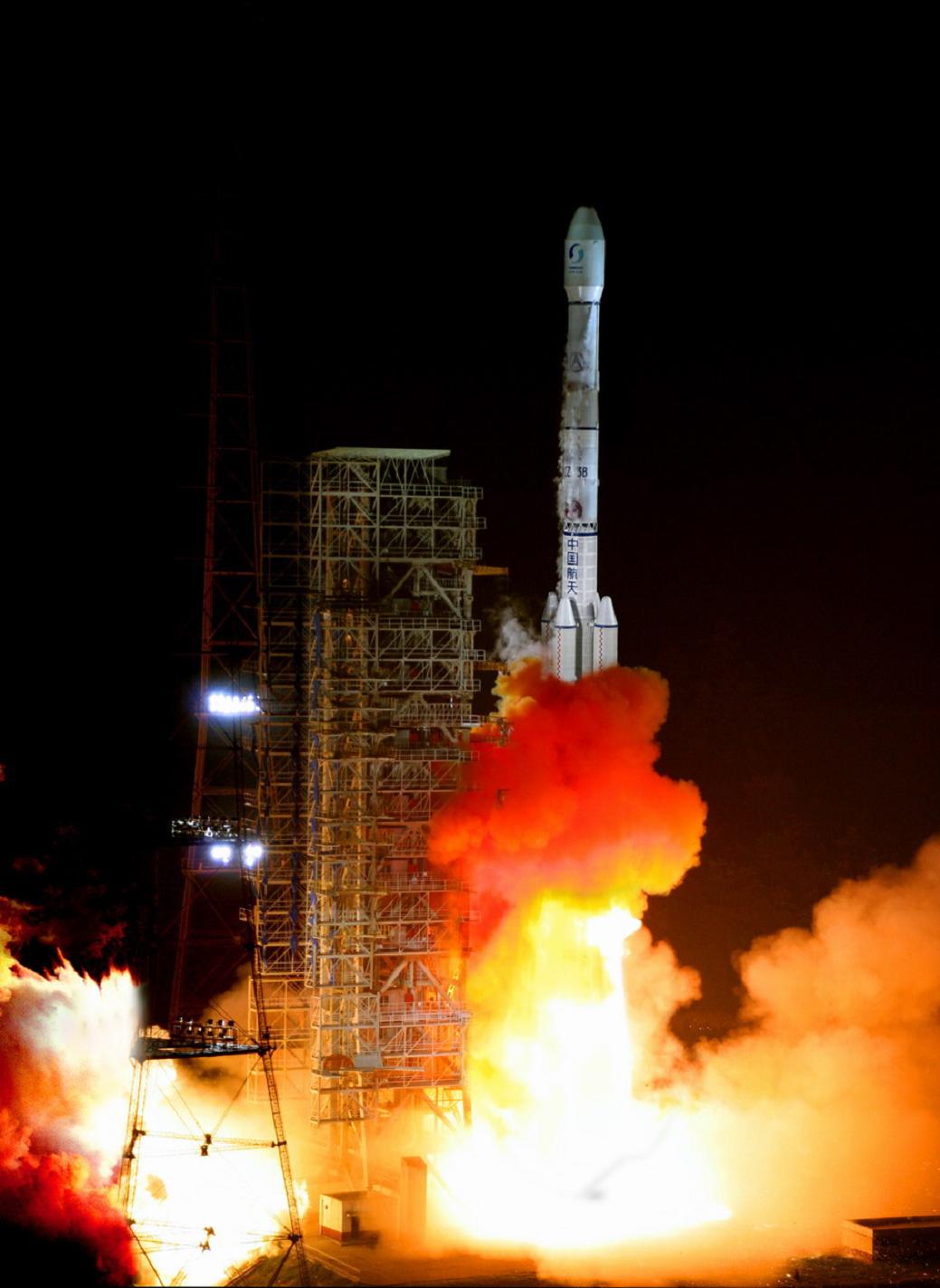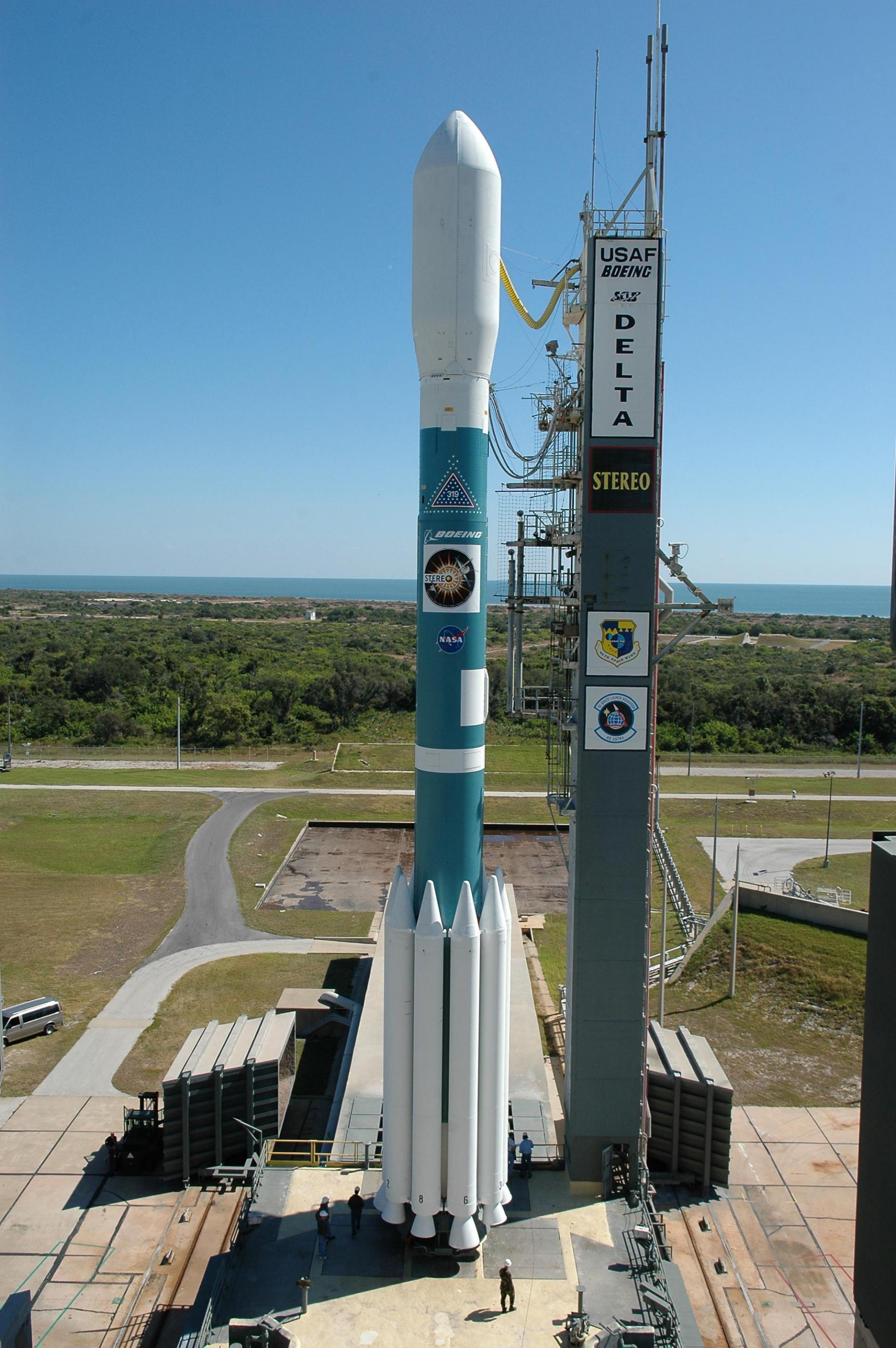Previous Spaceflight Launches
Filter by Agency, Locations or Vehicles
Show All LaunchesProton-M Briz-M | Measat 3
Khrunichev State Research and Production Space Center | RussiaBaikonur Cosmodrome, Republic of Kazakhstan
Dec. 11, 2006, 11:28 p.m.
Space Shuttle Discovery / OV-103 | STS-116
National Aeronautics and Space Administration | United States of AmericaKennedy Space Center, FL, USA
Dec. 10, 2006, 1:47 a.m.
Status: Launch Successful
Mission:
STS-116 was a Space Shuttle mission to the International Space Station (ISS) flown by Space Shuttle Discovery. Discovery lifted off on 9 December 2006 at 20:47:35 EST. A previous launch attempt on 7 December had been canceled due to cloud cover. It was the first night launch of a space shuttle since STS-113 in November 2002. The mission is also referred to as ISS-12A.1 by the ISS program. The main goals of the mission were delivery and attachment of the International Space Station's P5 truss segment, a major rewiring of the station's power system, and exchange of ISS Expedition 14 personnel.
Low Earth OrbitAriane 5 ECA | WildBlue 1 & AMC-18
ArianeGroup | FranceGuiana Space Centre, French Guiana
Dec. 8, 2006, 10:08 p.m.
Status: Launch Successful
Mission:
WildBlue-1 offers Ka-band Broadband Internet Access via satellite. Operates at 111.1 degrees West in a geostationary orbit. AMC-18 is an SES satellite that provides coverage to North America for many television networks. This satellite operates at 105 degrees West.
Geostationary Transfer OrbitLong March 3A | Feng Yun 2D
China Aerospace Science and Technology Corporation | ChinaXichang Satellite Launch Center, People's Republic of China
Dec. 8, 2006, 12:53 a.m.
Delta II | GPS IIR-16(M)
United Launch Alliance | United States of AmericaCape Canaveral SFS, FL, USA
Nov. 17, 2006, 7:12 p.m.
Status: Launch Successful
Mission:
The GPS-IIR replenishment satellites are produced by General Electric Astrospace (later Martin Marietta and Lockheed Missiles & Space) under a contract issued in 1989, which included 21 satellites based on the commercial AS-4000 bus. These provided improved navigation accuracy and longer autonomous satellite operation than earlier model GPS satellites. The satellites were three-axis stabilized and operated at downlink frequencies of 1572.42 MHz and 1227.6 MHz (L-Band) and 2227.5 MHz (S-Band). Lockheed was responsible for launch and flight operations support of the GPS-IIR through 2006.
Medium Earth OrbitProton-M Briz-M | Badr 4
Khrunichev State Research and Production Space Center | RussiaBaikonur Cosmodrome, Republic of Kazakhstan
Nov. 8, 2006, 8:01 p.m.
Delta IV M | DMSP F-17
United Launch Alliance | United States of AmericaVandenberg SFB, CA, USA
Nov. 4, 2006, 1:53 p.m.
Zenit | XM-4
Sea Launch | RussiaSea Launch
Oct. 30, 2006, 11:48 p.m.
Long March 3B | Xinnuo 2
China Aerospace Science and Technology Corporation | ChinaXichang Satellite Launch Center, People's Republic of China
Oct. 28, 2006, 4:20 p.m.
Delta II | STEREO A & B
United Launch Alliance | United States of AmericaCape Canaveral SFS, FL, USA
Oct. 26, 2006, 12:52 a.m.



